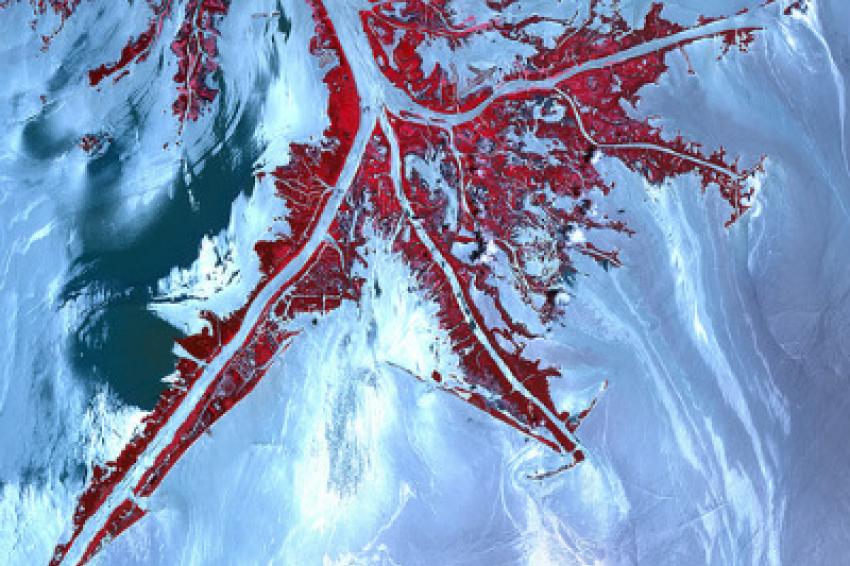BP's Last Steps To Kill Gulf Well
20.08.2010 -
BP is in the last stages of killing its ruptured Macondo oil well in the Gulf of Mexico, a new set of steps will push the final plugging process into September.
Here is how the process is intended to play out, according to retired Coast Guard Admiral Thad Allen, the top U.S. official overseeing the spill response, and Kent Wells, BP's senior vice president of exploration and production.
Each step must have Allen's approval before proceeding:
Pressure Testing
• On Aug 19, BP began testing pressure in seabed equipment atop the Macondo well, including a failed blowout preventer, or BOP, and a capping stack that has sealed in all oil flow since July 15.
• In advance of the test, BP flushed out the equipment and injected seawater to test whether pressure inside the equipment is the same as that at the seabed about a mile (1.6 km) beneath the ocean surface.
• The test is intended to confirm whether the well is sealed after BP finished pumping cement inside from the top on Aug. 5 to the point that oil will not flow if seabed equipment at the top is removed.
• The test is expected to last 48 hours.
Replace Blowout Preventer
• Once the test is finished, BP aims to try to retrieve a drillpipe up to 1,066 meters long that scientists believe is hanging inside the failed BOP.
• The drillpipe had drilled the Macondo well.
• A drillship at the water's surface will be hooked up via pipe to a cap atop the BOP equipment, and the drillpipe will be retrieved through the ship's pipe.
• If the drillpipe is left inside, the BOP would have to be lifted that high during removal, complicating the process.
• If successful, Allen will consider approving BP's plan to remove the BOP and replace it with another.
• The replacement BOP has been used with the second of two relief wells. That well was a backup for the first, which remains on target to intercept the Macondo well near its bottom.
• The failed BOP is key evidence in various investigations into the cause of the April 20 blowout, including probes by the U.S. Department of Justice and the Coast Guard with the U.S. Bureau of Ocean Energy Management.
• The replacement would provide a more secure top to the well that can handle increased pressure during relief well operations.
The Relief Well
• The first relief well is about 3.5 feet from the side of the Macondo well, and about 50 feet from its intercept target near the bottom of the Macondo well about 13,000 feet (2.4 miles) beneath the seabed.
• BP will place a plug in the second relief well to keep it stable before removing its blowout preventer to replace the failed one.
Plug And Abandon
• Once the relief well has pumped mud and cement into the bottom of the Macondo well and pressure tests declare it dead, BP will plug and abandon it.
• While cement at the bottom of the well will completely seal it off from the reservoir if all operations take place as planned, more plugs will be placed at different levels throughout its length.
• Once each plug is put in place, cement will be pumped in on top to create multiple seals.





